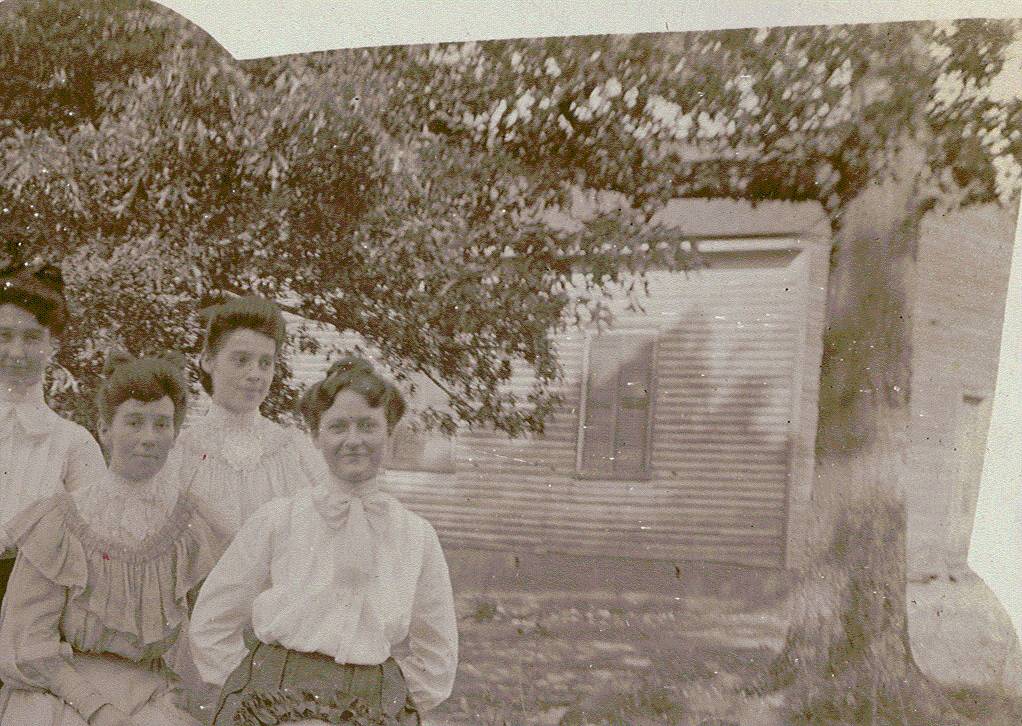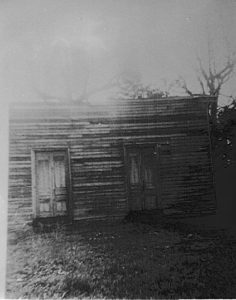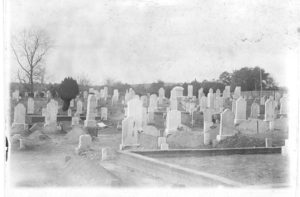Methodist Church

On August 14, 1839, Elisha Coffin deeded a 1.64 acre tract to Phillip Horney, Alexander S. Horney, Elisha Coffin, Bethuel Coffin, and J.M.A. Drake, “Trustees for the Methodist Episcopal Church…who shall erect thereon a house or place of worship.” As the early records are lost, this is one of the few facts known about the founding of the church. The Coffins and the Horneys were major stockholders in the factory. James Murray Anthony Drake (ca. 1812-?) was a lawyer and a relative through his wife Eliza Balfour of the company president, John Balfour Troy. Troy himself was a Steward of Bethany Church near Liberty, built on the site of the former “Troy’s Camp Ground.”
At the Annual Conference in the fall of 1839, Franklinville was placed on the Randolph Circuit, which included all Methodist Churches in the county, and Rev. T.R. Brame was appointed Preacher in Charge. His relative Moses Brame was then Presiding Elder of the Greensborough District. The Circuit’s next Quarterly Conference was held in the Franklinsville Church on March 2, 1840, the church having been rapidly completed over the winter. The original church building was frame, approximately thirty by fifty feet in plan, with twin front doors and a gable steep enough to include a gallery facing the pulpit. Only two pictures of the building are known, one of the south side taken from across the river, and one of the north side taken as the building was demolished in 1918. All that is known about the interior is that, after the rush to ready the building for Quarterly Conference it was evidently left partially unfinished for years afterwards.

But at some point during the first ten years of the church, the District was reorganized and Franklinsville became the head of its own Circuit, encompassing more than twenty individual churches in eastern Randolph, western Chatham, and southern Alamance counties. Washington Sandford Chaffin (1815-1895) was the Preacher in Charge for 1849. The conference paid him $216.00 per quarter, with a family allowance of $70.00 per quarter. Thomas Rice of Franklinsville was recorded as a Class Leader and Steward that year. Rice (1803-1892) had been active in the Greensborough Quarterly Conference even before moving to Franklinsville, and is remembered as the builder/ contractor of the Franklinville covered bridge and Greensborough’s West Market Street Methodist Church.

Franklinsville Methodist Church was five years old before a cemetery became necessary. The oldest known burial is that of William Arnold (1786-1844), just east of the brick cemetery. That grave, however, was not included in “half an acre laid out for a burying ground” deeded from Elisha Coffin the Phillip Horney, Alexander S. Horney, Benjamin F. Coffin, John M. Coffin, John Miller, John Hendricks, Joshua Pool, Trustees of the Franklinsville Methodist Church, on November 2, 1844. The Arnold burial is near the next oldest known, that of “Marcara” McCuiston Coffin (1778-1845), wife of Elisha Coffin. Mrs. Coffin’s grave was specifically included in one-quarter of an acre deeded by Elisha Coffin to members of his family on July 5, 1848, and now known as the “Brick Cemetery”.

0 Comments